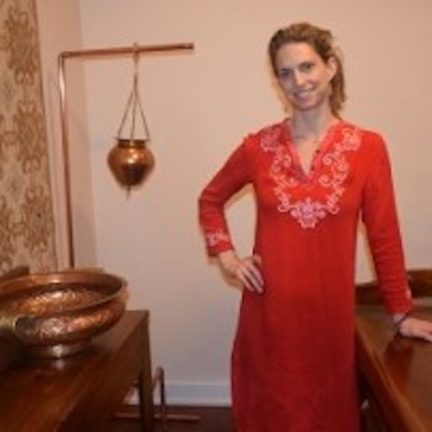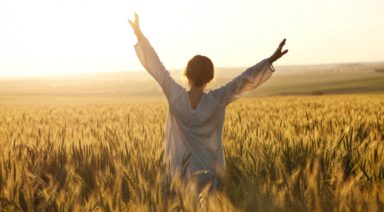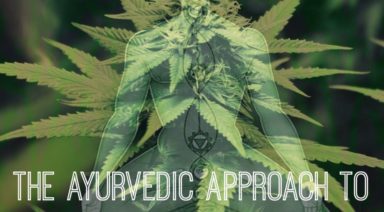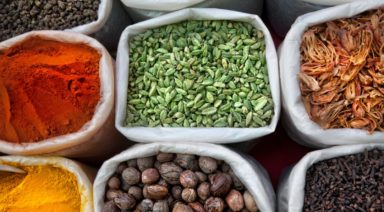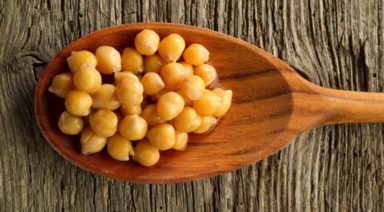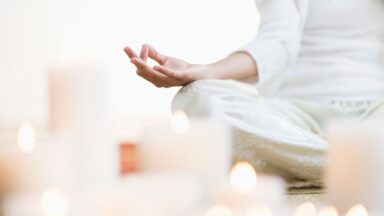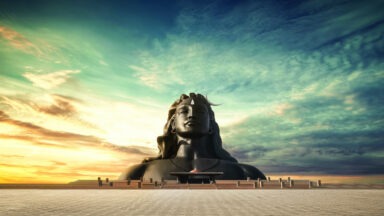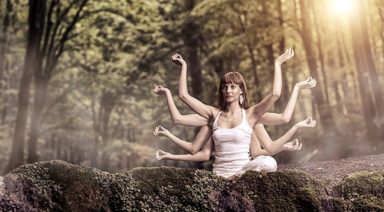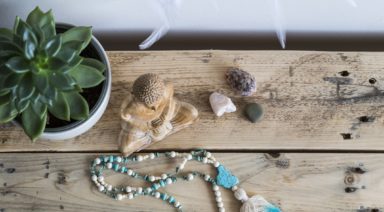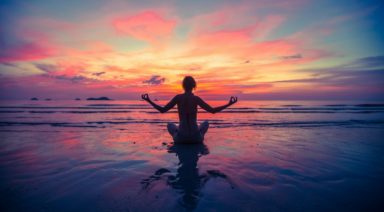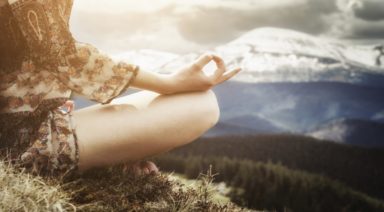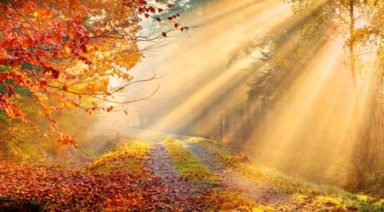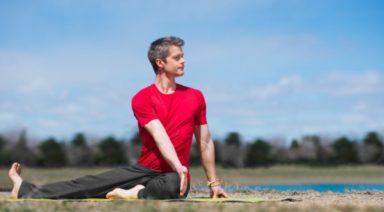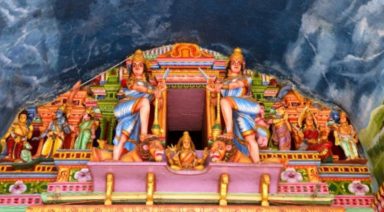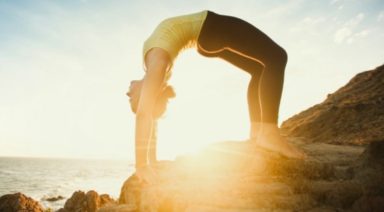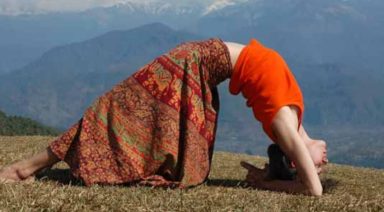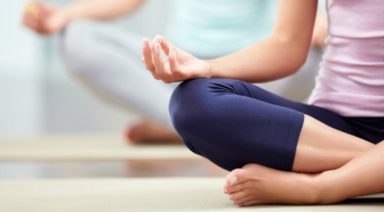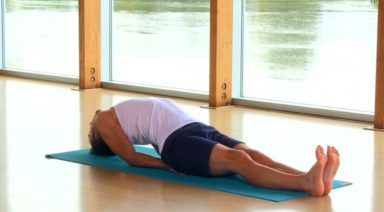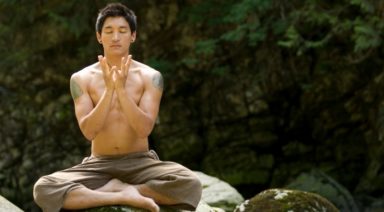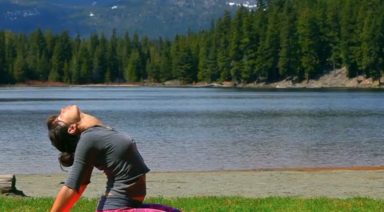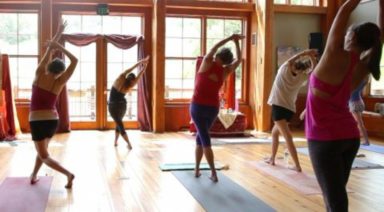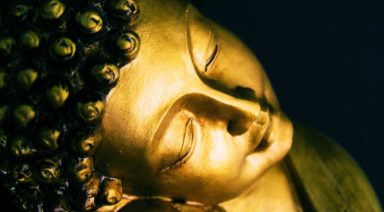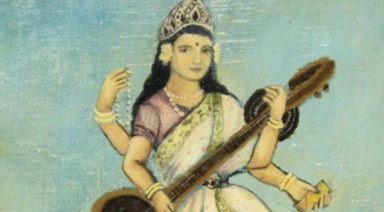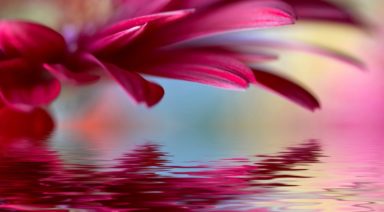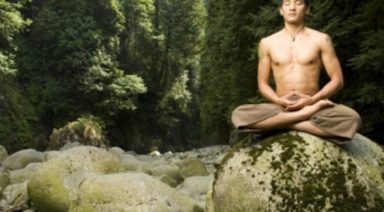An Ayurvedic Elixir for Total Rejuvenation
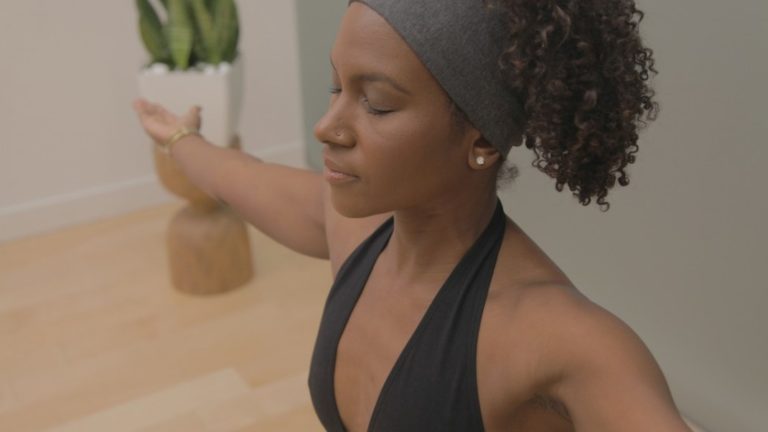
The Vedic sutras and ayurvedic texts, describe a sacred drink called soma rasa, said to beget eternal life. Soma rasa, also called amrita, is a Sanskrit word meaning “nectar of immortality.’’ Like the legendary “Fountain of Youth,” there are many speculations regarding the origin and location of soma rasa. The mythic stories of soma rasa describe its literal power in the human body. Soma is created internally within natural physiological processes, and harvested externally from plants and herbs. The correct utilization of soma rasa via meditation, diet, ritual, and yoga results in total rejuvenation of the human form.
The tantric systems in India, teach that soma rasa is made from moon’s waters. The moon is sometimes referred to as a cup the gods drink soma from to maintain their immortality. Every evening all the gods dip a finger into the moon-cup and drink the soma until the moon is empty.[i] Rituals described in the Vedic texts, still practiced in Tamil Nadu and Kerala, make soma from a plant harvested in the Himalayas. Some researchers theorize this is not the soma plant referred to in the Vedic texts, and believe soma is an unidentified, hallucinogenic plant, that grows in northern India and Nepal.[ii] The 9th Mandela in the Rg Veda, called the Soma Mandela, devotes 114 hymns to the purification of Soma, which is said to bring those who drink it to ecstasy. Other scholars hypothesize that soma is a bhasma, a type of ayurvedic medicine made according to rasashastra.[iii] Rasashastra is a type of alchemy medicine native to India, and involves the purification of metals and gems through a process of alternate heating, cooling, oxidizing and crushing, until a fine pure ash of consumable medicine is left, called a bhasma. Mercury, one of the primary metals used in rasashastra preparations, is thought to make the body perfect. Rasashastra is still practiced today, and takes years of specialized study under a master alchemist. Taking rasashastra preparations from untrained or unknown sources can be dangerous, and possibly life threatening.
The Hatha Yoga Pradipika teaches that meditation, specifically a practice called the kechari mudra, where a devotee inverts his tongue to touch the far recesses of his throat, and holds the posture for a period of time, will clear a membrane, and allow the secretion of soma to consistently drip from the sahasrara chakra.[iv] Meditation is taught to perfect the body so the practitioner can focus on gathering his internal winds, and bring the soma from the base of his spine up to the crown of his head, where the sahasrara chakra secretes soma rasa.[v] When soma rasa is secreted, the practitioner will experience bliss and immortality.
In the Sushruta Samhita, a classic Ayurvedic text, soma is described as having several plant origins, extracted in an elaborate ritual, that require building a house made of three chambers, where the center chamber is dedicated for the soma practice. The devotee begins with a series of specific mantras, pricking the bulb of the plant with a golden needle, and collecting its milky substance in a silver vessel, and drinks it. He then experiences soma’s effects over a period of four months, marked by distinct physical changes and practices, that include moving to different chambers for set days, applying and ingesting specific herbs, taking baths, and receiving specific massages. By the end of the fourth month, he is renewed physically, attains mastery over cosmological knowledge, never meets a failure in life, and is infused with divine spirit.[vi]
Soma has both, a metaphysical and physical means of transference. The substance of soma is pure love, and gives waves of bliss through our consciousness when it is ingested or produced. Exposure to the full moon, far away from city lights increases internal soma. It can also be cultivated in healthy lifestyle habits, extracted from plants, and produced in meditation. It requires a level of systemic function to be fully utilized, and therefore, cannot be accessed by sheer whim. Intentional support, facilitated by rejuvenation practices that restore digestive strength and detoxification, enable the extraction and proper assimilation of soma rasa.
Physically, soma is secreted by the glandular system. It is a finite manifestation of our immune system, and life force. The ancient Vedic texts indicate the place of soma secretion is the pineal gland, and some theorize that soma may actually be the powerful antioxidant called melatonin.[vii] As it is consumed, the body’s tissues become more elastic, and regain strength. The heart beats with a youthful vigor, and the mind sharpens. The shared teaching of the soma legend says, that immortality is not living forever, as we understand it, it is having enough physical strength and health, that the body is not an impediment to self-realization. The Vedic texts teach the desire to live forever is only worthy in order to completely actualize one’s full potential. The yogic and ayurvedic practices rejuvenate the body and restore vitality, so that we can ultimately transcend our physical body and reach enlightenment.
Moon’s Soma Drink
This is a drink that enhances soma production within the body and mind. It is best enjoyed after an evening meditation practice while basking under the light of the full moon.
Ingredients:
- ½ C Macadamia Nuts
- ½ C Brazil Nuts
- 4 C Purified Water
- 4 Thai Coconuts
- 1 T Turmeric Powder
- 1 tsp Pink Pepper
- ½ tsp Himalayan Salt
- 1 Vanilla Bean Pod
- ½ T Shatavari Root Powder
Directions:
-
Soak macadamia nuts and Brazil nuts in a bowl with 4 cups of purified water. Strain and discard water.
-
Put nuts in a high speed blender with 4 more cups of purified water. Blend at a high speed. Strain through a nut milk bag and set aside.
-
Crack open coconuts and pour coconut water into blender. Scrape out meat and add to blender. Blend at high speed until liquefied.
-
Add macadamia and Brazil nut milk back into blender with coconut milk.
-
Slice vanilla bean pod and scrape seeds into a small bowl. Blend into nut milk with the remaining ingredients. Pour into glasses and serve at room temperature.
References:
[i] Cashford, J. (2003). The Moon: myth and image. New York: Four Walls Eight Windows.
[ii] Jay, Mike. (1999). Blue Tide: The Search for Soma. New York: Autonomedia,
[iii] Mishra, L. C. (2004). Scientific basis for Ayurvedic therapies. Boca Raton: CRC Press.
[iv] Aiyangar, M. (1949). Haṭha-yoga-pradīpikā of Svātmārāma Svāmin ((3d ed.). Madras, India: Theosophical Pub. House.
[v] Fenner, Edward. 1(979). Rasyana Sidhhi: Medicine and Alchemy in the Buddhist Tantras. Madison, WI: University of Wisconsin.
[vi] Dash, S., Padhy., & Sachidananda. The soma drinker of ancient India: an ethnobotanical retrospection. Journal of Human Ecology, 19-26.
[vii] Bhatnagar, S. S., & Isaacs, D. (2009). Microchakras: innerTuning for psychological well-being. Rochester, Vt.: Inner Traditions.
9 Ayurvedic Rituals for Youthful Vitality
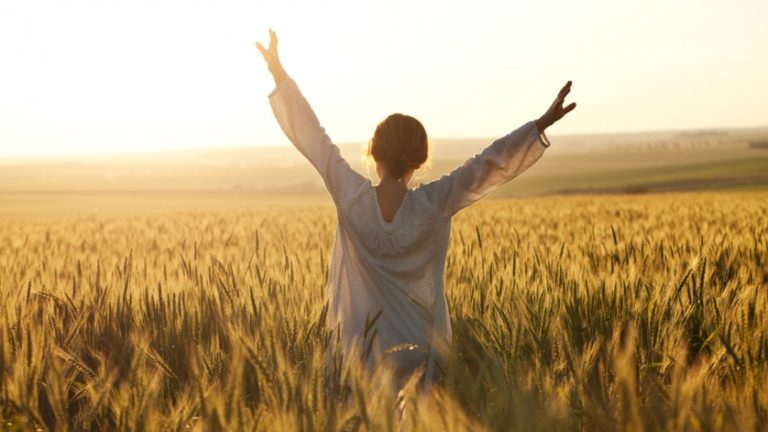
I love the buzzword “longevity”. Saying it almost makes me feel five years younger. Try it.
Don’t we wish it were that easy? We have tried the “low carb” diet and the “eat right for your blood type” diet. We heard about the power of goji and acai berries and so on, and we believed that the magic anti-aging pills would actually work. We believed these multi-million dollar industries that avowed that their products would indeed remove ten years from our being.
The truth of the matter is that it takes serious effort and a massively strong will for changes to occur.
The good news is that if we make the optimal “choice” of changing our lifestyle habits, we can attain that beloved state of being which radiates “youthfulness” even late into our eighties. By beginning to take seriously the task of obtaining balance over your own health and wellbeing, and committing fully and wholeheartedly to a set of healthful daily habits, the universe will be at your service.
The 5,000 year old science of Ayurveda holds all the secrets to living, maintaining and preserving a sweet long life, in all respects to our constant dance of life.
Attaining a human life, according to the Vedas, Buddhism and old Ayurvedic scriptures (such as Cakara Samhita) is by far the greatest gift nature endowed on us humans. This gift makes it so that we can conquer the most profound of goals possible: nirvana/moksha or liberation.
It is indeed our birthright to realize our true selves.
Such lucky humans are we.
According to Ayurveda (Dr. Arindham Chatterjee of Global Ayu Care in New Delhi, India), by following 70% of the techniques and tools suggested by the ancient knowledge of Ayurveda, one can truly attain well-rounded health of mind and body. Viva! This is in fact an attainable goal.
9 Regimens for Youth and Vitality
It might be impossible to introduce all of the following rituals at once. Take your time and try two at a time. It won’t take long to get a taste of success.
- Immediately upon rising (hopefully slightly before sunrise) brush your teeth, scrape your tongue and drink a cup of warm water with lemon. Toxins accumulate on the tongue while we sleep and we don’t want to introduce them back into our system. Tongue scraping acts to stimulate and massage the internal organs. The water with lemon kick starts the liver for a brand new day of work.
- Splash open eyes with clean water. This practice strengthens the eyes, improves eyesight, clears the mind and recharges mental energy.
- Self-massage with appropriate oils a minimum of three times per week. Don’t forget to include the ears. Self-massage ignites your internal pharmacy, according to Deepak Chopra, and stimulates all the systems of your body.
- Exercise daily. This includes either a daily yoga practice or a daily practice of the 5 Tibetans (fountain of youth).
- Eat only when hungry. Aim to eat Sattvic foods (pure foods). Ayurvedically speaking, eating only when you’re hunger rises means that you are responding to the urges of the body appropriately. Learn how to differentiate hunger, from eating for the sake of eating.
- Utilize turmeric in your cooking. Turmeric is considered the most medicinal Indian herb. Its powerful healing benefits help to clear infections, fight inflammation and support joint function. It also works to promote healthy skin and aids in digestion.
- Fast at least once per month. The term fasting does no have to mean avoiding food completely. One can fast on solids or grains for twenty-four hours in order to simply give your digestive system a break.
- Triphala before bedtime. If you had to choose one herb out of the thousands of herbs used in Ayurvedic Medicine, Triphala would be the one. Triphala translates to “three fruits” and is comprised of Amalaki, Bibhataki and Haritaki, which are three of the most important herbs in Ayurvedic medicine. Triphala is known as a rasayana, which means that it rejuvenates and strengthens the tissues–specifically as it cleanses and tonifies the gastro-intestinal tract.
- Meditate every day. A regular meditation practice will calm the mind. Learning to observe the movements of the mind is paramount to helping us to make conscious choices, live in the moment and face the daily battles of life from a much more detached place of acceptance.
Unlock your inner healing powers; you are your own healer.
For another perspective on increasing your longevity, watch the documentary The Immortalists.
Learn How to Meditate
Whether you’re looking to cultivate more authenticity, increase happiness, improve relationships, or reduce stress, all of these things are accessible to you through the practice of meditation. Learn how Gaia can help you transform your life in our Beginner’s Guide to Meditation.

